Why hasn't the export stopped when the domestic fertiliser price has increased?
| Binh Duong Customs ensures quick cargo clearance amid pandemic | |
| Thousands of billions of dong to support import and export | |
| Dong Nai Customs: Maintain normal status for import and export activities |
 |
| The increase of fertiliser prices was mainly due to factors such as raw material prices, increased freight rates… not due to insufficient supply. Photo: collected |
Priority should be given to domestic production
For the story of high fertiliser prices, Mr. Hoang Trung, Director of the Plant Protection Department (MARD) analysed that the Vietnam's economy has a large openness, fertiliser prices had increased sharply since the beginning of the year due to the impact of the world fertiliser market. In the context of the complex development of the Covid-19 pandemic, the price of input materials for fertiliser production has increased sharply. There are types such as ammonia and sulfur up to 50-120% from the same period last year.
| In the first six months of 2021, fertiliser prices, especially, DAP and urea fertiliser prices have increased quite high. According to World Bank data, the price of DAP fertiliser had increased by 54% in April 2021 compared to September 2020. In Vietnam, in the first quarter of 2021, the selling price of domestic fertiliser products was still maintained at a lower level than the world price. However, from the beginning of April 2021 until now, the fertiliser price level in Vietnam has also increased under the rules of the world market. Notably, according to statistics of the Fertiliser Association of Vietnam (FAV), the price of raw materials for fertiliser production and the world price of fertilisers for the production of synthetic fertilisers increased sharply in June 2021 compared to the December 2020. Specifically, urea nitrogen increased by 62%, DAP increased by more than 54%, Potassium increased by 45%. |
At a recent meeting of the Plant Protection Bureau with fertiliser enterprises such as Phu My Fertiliser, Ca Mau Fertiliser and large enterprises of Vietnam Chemical Group, these enterprises said that they had increased fertiliser production output in the first 6 months of the year, especially some fertilisers with an increase of 15-30%.
In the context, many opinions say that priority should be given to goods for domestic consumption, and price stabilisation for farmers is essential.
“It is necessary to have policies to limit fertiliser exports such as suspending exports, increasing export taxes and increasing supply resources by temporarily suspending the imposition of safeguard duties on fertilisers that Vietnam has not produced yet enough such as DAP, MAP” Dr. Vo Mai, Vice President of the Vietnam Horticultural Association, said.
Phung Ha, Vice President and General Secretary of the Vietnam Fertiliser Association, said that in order to harmonise the interests of producers and farmers in the context of continuously increasing fertiliser prices, it was advisable to consider suspending exports soon fertiliser, and at the same time it was necessary to require manufacturing enterprises to maximise production capacity to ensure domestic supply. In addition, the flexible use of tax rate tools such as import tax reduction, export tax increase, specific calculation and transparency of trade remedy tax would be an effective solution to "be down" fertiliser prices.
Not enough foundation to suspend exports
According to the Bureau of Chemicals (Ministry of Industry and Trade), in the first six months of this year, Vietnam imported about 2.3 million tonnes of fertiliser, up 15% over the same period in 2020; Exported about 667,000 tonnes of fertiliser, up 44.7% over the same period last year. Although the export volume increased in the first 6 months of the year, the total supply from domestic production and import reached over 6.6 million tonnes. After deducting the amount of fertiliser exported, the amount of fertiliser still basically met the domestic demand, so there was not enough foundation to suspend fertiliser export.
Nguyen Van Thanh, Director of the Bureau of Chemicals analyzed taht the production capacity of domestic fertiliser factories was over 8 million tonnes, import was about 4 million tonnes, basically meeting the consumption demand of about 11 million tonnes. Vietnam was also basically self-sufficient in fertilisers with urea, phosphorus and NPK fertilisers; met about 86% of DAP and MAP needs; only import SA and potassium fertilisers because there are no raw materials in the country.
“There was a time when fertiliser demand increased suddenly, so there was a temporary shortage of supply. However, farmers should not be worried, not buy fertiliser to store, pushing up fertiliser prices higher; should use fertiliser more economically and effectively,” Thanh said.
To stabilise the market, in the future, the Ministry of Industry and Trade will continue to work with the Ministry of Agriculture and Rural Development and related units to assess and review safeguard measures for DAP and MAP fertilisers in an objective and overall way in accordance with the provisions of the law.
“The Ministry of Industry and Trade will also direct the market management force to strengthen inspection, avoid speculation, hoarding, and increase prices, and at the same time suggest enterprises to step up production, prioritise domestic consumption and restrict exports in order to stabilise fertiliser prices in the domestic market,” the leader of the Chemical Bureau emphasised.
Related News
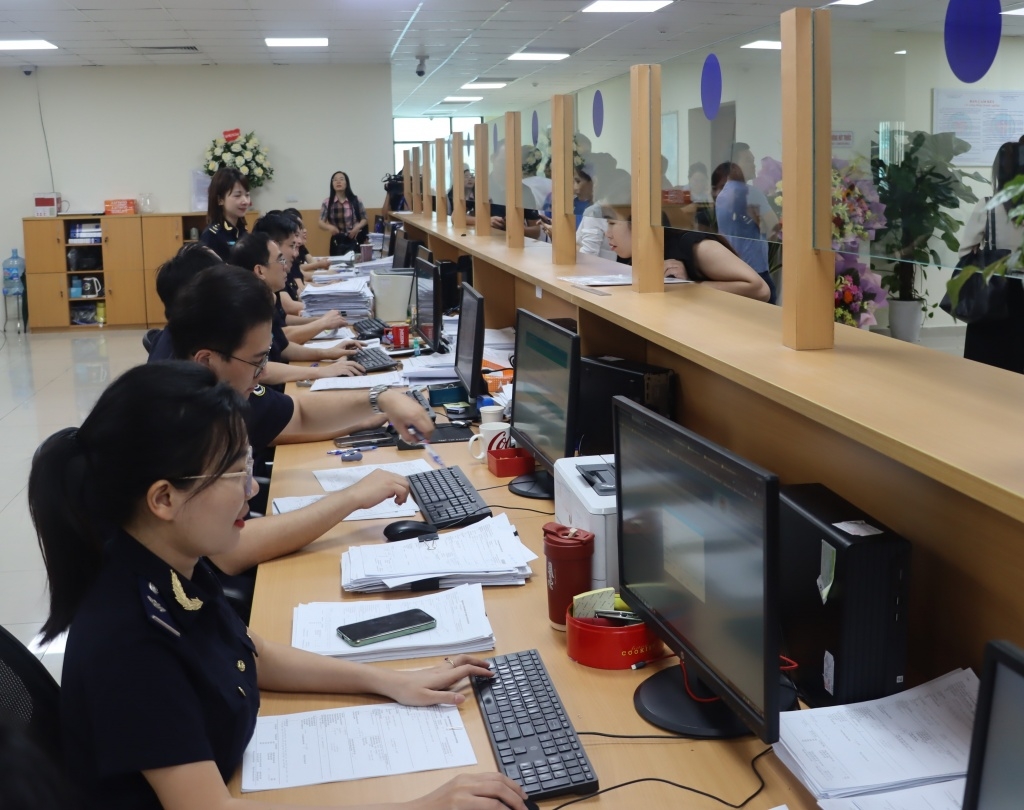
Hai Phong Customs’ revenue rises about VND 1,000 billion
14:52 | 14/02/2025 Customs
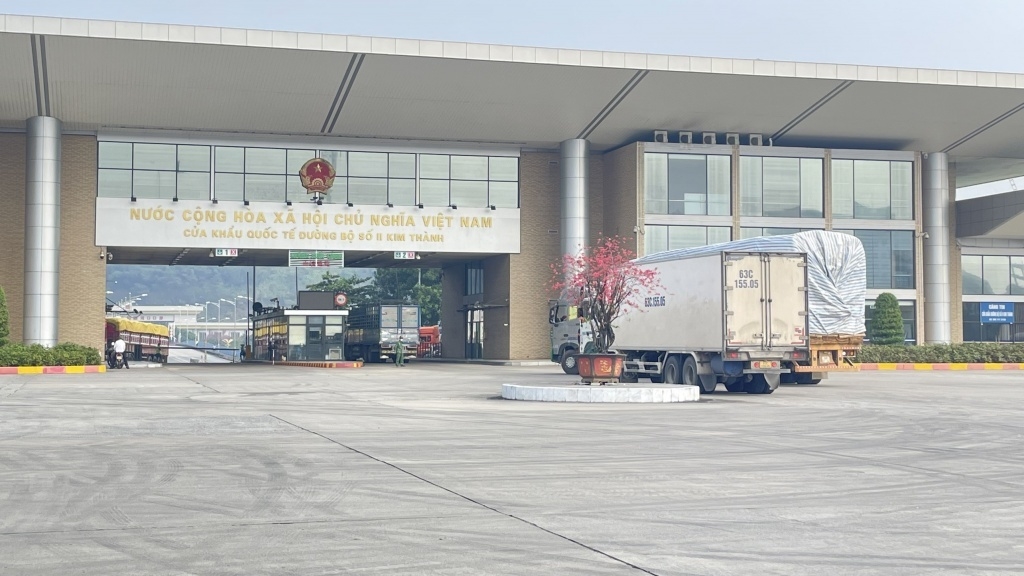
Import and export turnover reaches about US$29 billion in the second half of January 2025
14:52 | 14/02/2025 Import-Export
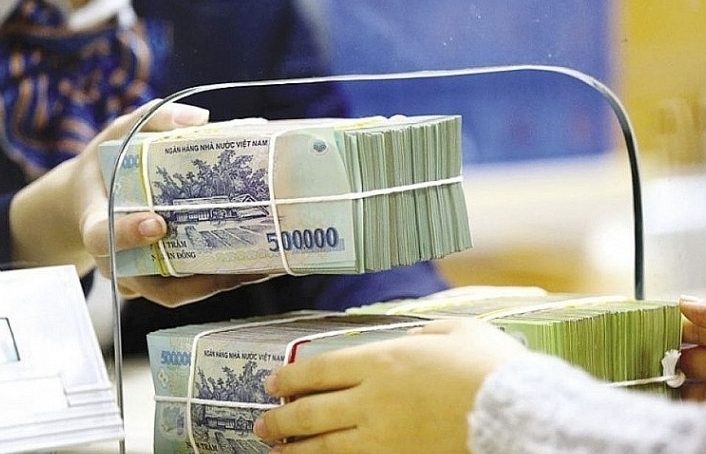
State revenue in first month of the year equal to 14% of the estimate
10:12 | 11/02/2025 Finance

Ho Chi Minh City: Foreign visitors spend more than VND1,500 billion to buy goods upon exit
10:01 | 07/02/2025 Customs
Latest News

Embracing green exports: a pathway to enter global supply chains
10:33 | 20/02/2025 Import-Export
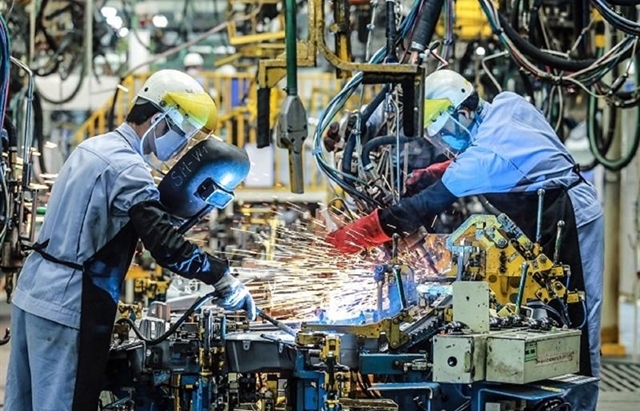
New policy proposed to prevent transfer pricing, tax evasion of FDI enterprises
10:32 | 20/02/2025 Import-Export
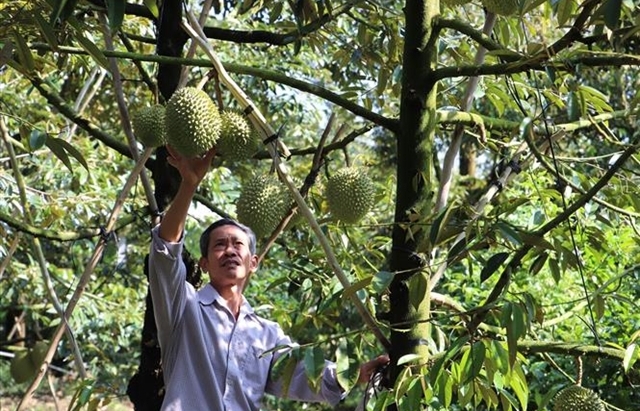
Việt Nam’s durian exports to China plummet by 80%
16:18 | 19/02/2025 Import-Export
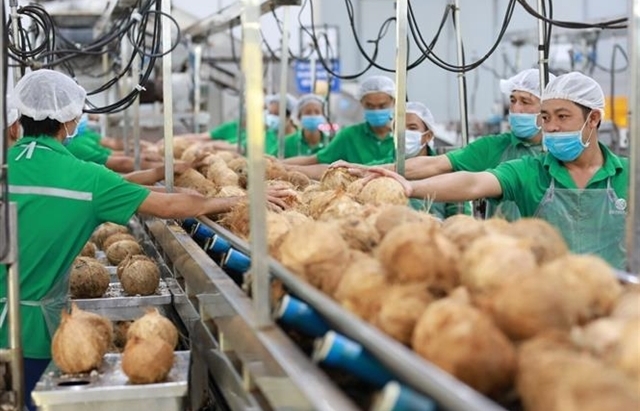
Coconut exports reach 14-year high
15:29 | 18/02/2025 Import-Export
More News

Shrimp exports grow in the first month of 2025
15:28 | 18/02/2025 Import-Export
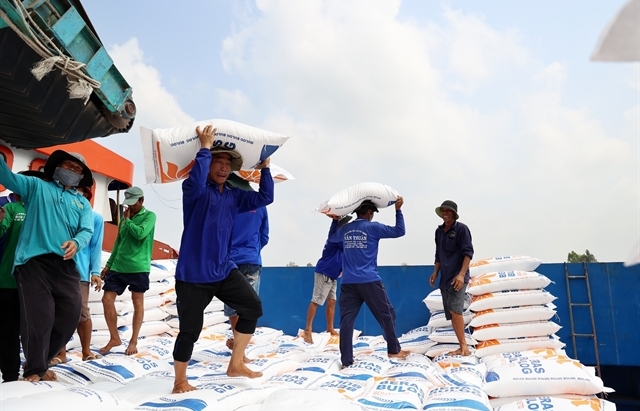
Rice export prices drop, but decline expected to be short-term
08:10 | 17/02/2025 Import-Export
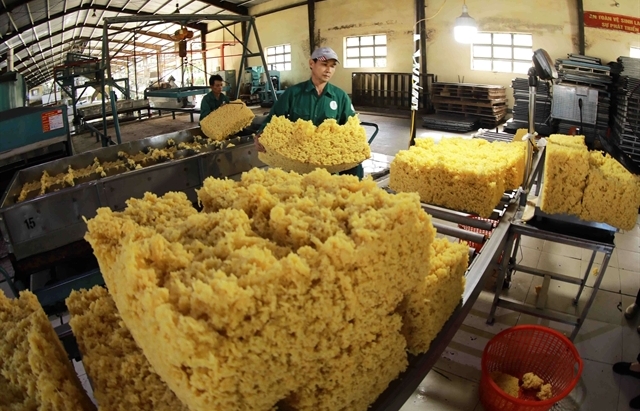
Key agro products expected to maintain export growth this year
08:08 | 17/02/2025 Import-Export
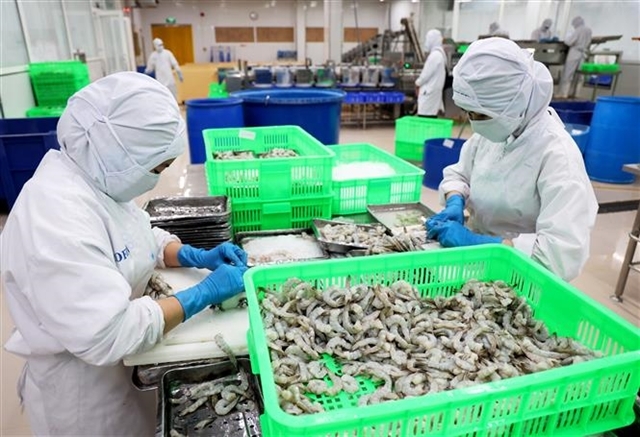
EU issues 12 warnings against Việt Nam’s food and agricultural exports
08:07 | 17/02/2025 Import-Export
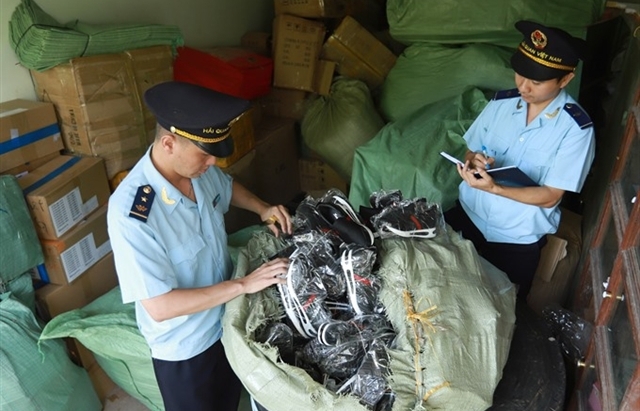
Việt Nam to impose VAT on low-value express-imported goods
08:06 | 17/02/2025 Import-Export

Exchange rate risks need attention in near future
16:31 | 15/02/2025 Import-Export
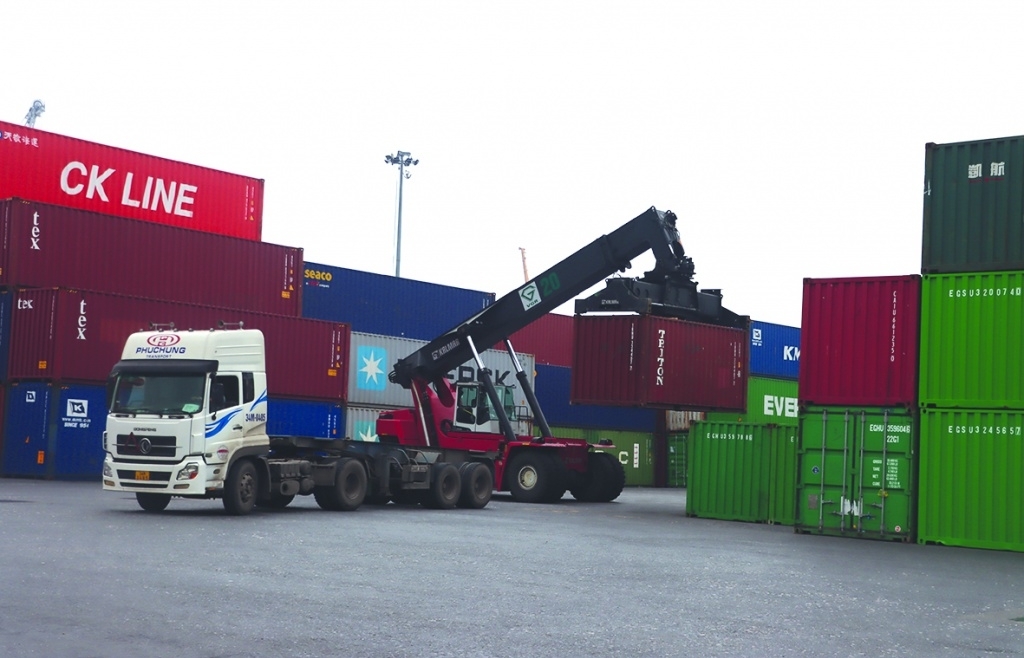
Vietnam kicked off the year with a strong start in trade, exceeding US$63 billion in the first month
16:30 | 15/02/2025 Import-Export

Market edges up slightly as liquidity remains low
14:48 | 14/02/2025 Import-Export

Business regulations must be trimmed for development of enterprises: Experts
14:46 | 14/02/2025 Import-Export
Your care
The system has not recorded your reading habits.
Please Login/Register so that the system can provide articles according to your reading needs.

Embracing green exports: a pathway to enter global supply chains
10:33 | 20/02/2025 Import-Export

New policy proposed to prevent transfer pricing, tax evasion of FDI enterprises
10:32 | 20/02/2025 Import-Export

Việt Nam’s durian exports to China plummet by 80%
16:18 | 19/02/2025 Import-Export

Coconut exports reach 14-year high
15:29 | 18/02/2025 Import-Export
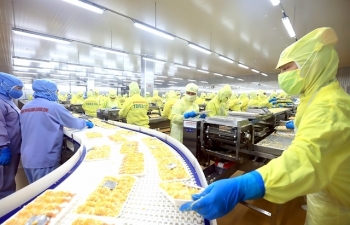
Shrimp exports grow in the first month of 2025
15:28 | 18/02/2025 Import-Export
